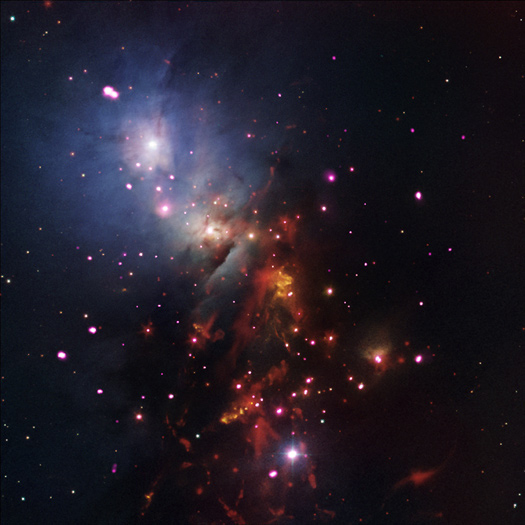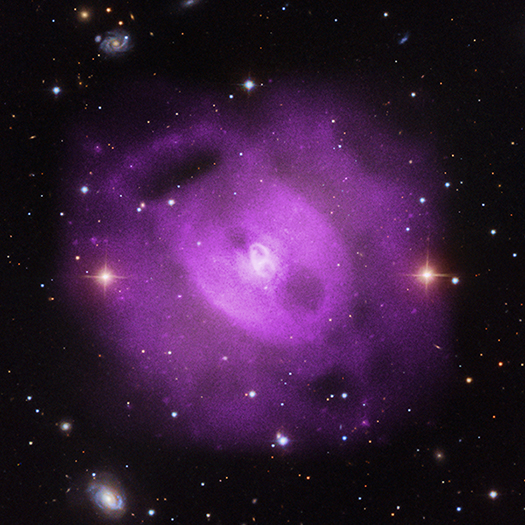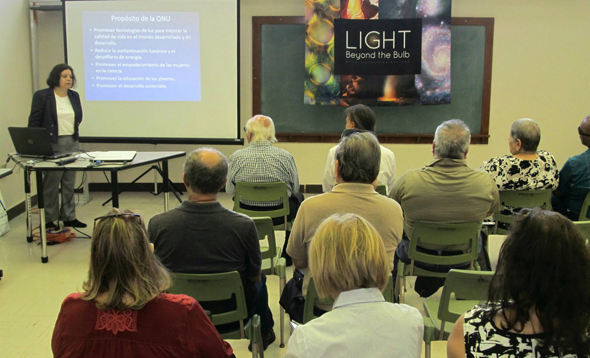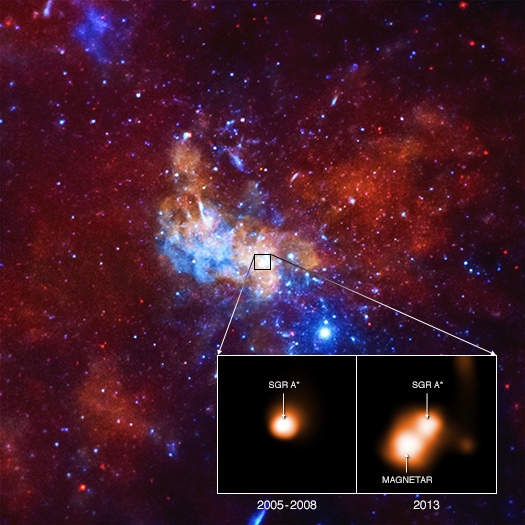Chandra Looks to Pluto
Submitted by chandra on Tue, 2015-07-14 06:59On July 14th, the New Horizons spacecraft will fly by Pluto during its unprecedented mission to the outer Solar System. In addition to the data gathered by New Horizons and its suite of instruments, other telescopes – including the Chandra X-ray Observatory – will be pitching in to help astronomers learn more about this distant and icy world.
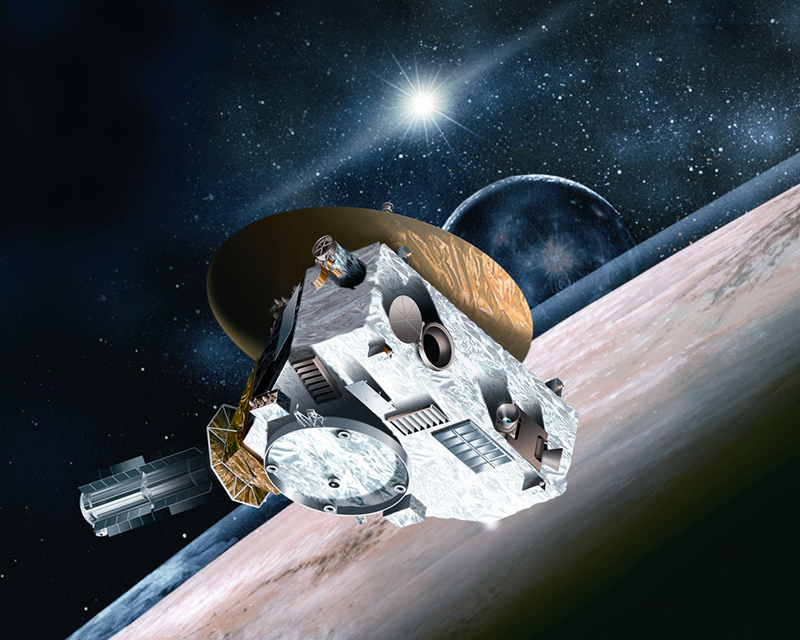
Artist conception of New Horizons Spacecraft.
Credits: Johns Hopkins University Applied Physics Laboratory/Southwest Research Institute




